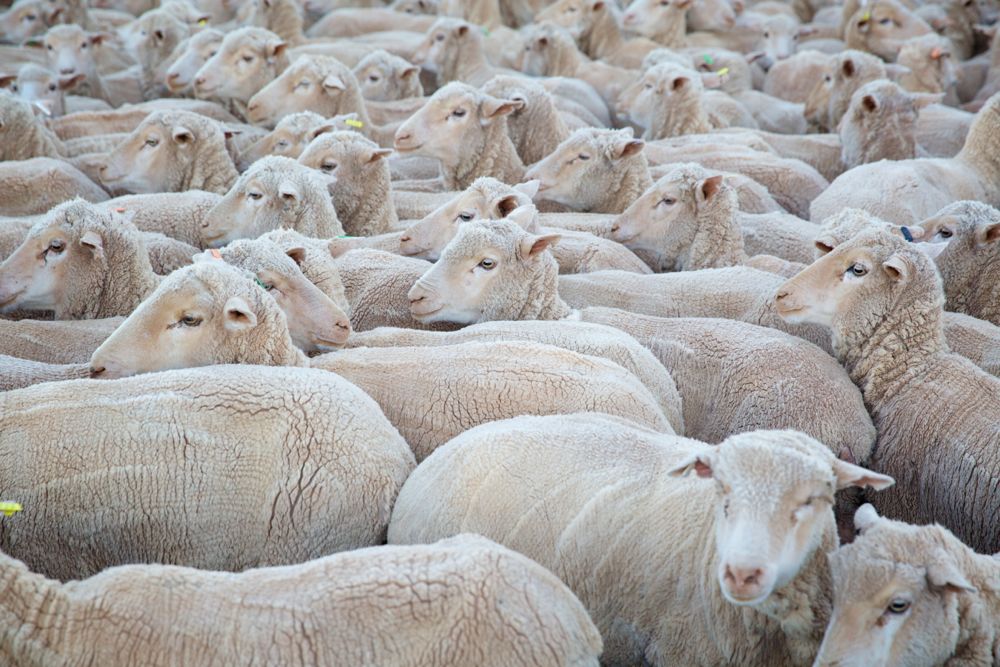La Niña weather 70 per cent likely to develop in Aug-Oct

There is a 70 per cent chance of the La Niña weather pattern, characterized by cold temperatures in the Pacific Ocean, developing during the August to October period, a U.S. government forecaster said on Thursday.
The current neutral phase between La Niña and El Niño weather patterns is expected to continue for several months, with a 79 per cent chance of La Niña November through January, the National Weather Service’s Climate Prediction Center (CPC) said in its monthly forecast.
Read Also


Meat from cloned animals sparks debate
Health Canada says meat from healthy cloned animals is no different than that from sexually reproduced animals and there are no health concerns with consuming meat from a cloned animal. It also says a main aspect of cloning animals is to “enhance the propagation of unique, high-value animals.”
La Niña, a climate pattern that begins with colder-than-normal ocean temperatures in the central and eastern equatorial Pacific, is linked to both floods and drought, as well as an increase in the frequency of hurricanes in the Caribbean. The cycle between El Niño, La Niña, and a neutral phase typically lasts two to seven years.
Experts have said Latin America and the Caribbean should brace for the arrival of La Niña.
In rice- and palm oil-producing Southeast Asian countries, meanwhile, wet weather could boost yields, while a normal Indian monsoon could support production and farm incomes.
“The transition to La Niña will favor at least normal rainfall across the main growing areas in India… The main areas to watch for crop and supply chain issues look to be across southeast Europe, Argentina, Uruguay and Chile,” AccuWeather’s lead international forecaster Jason Nicholls said.
“In our view, a transition to La Niña conditions, which the U.S. National Weather Service consider more likely than not to occur in July-September 2024, will support a rebound in rice production in Southeast Asia, areas of which had seen below-average rainfall during the now dissipated 2023-2024 El Niño event,” analysts at BMI said in a note on Wednesday.
Source: Farmtario.com

